Top categories
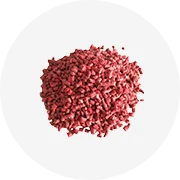
Plastic Raw Materials
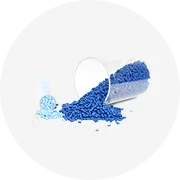
Rubber Raw Materials
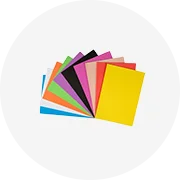
Plastic Products
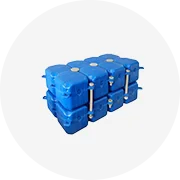
Plastic Projects
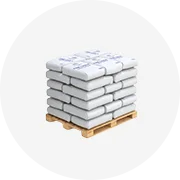
Plastic Stocks

Recycled Plastic
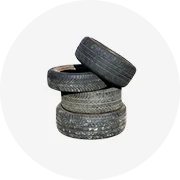
Recycled Rubber
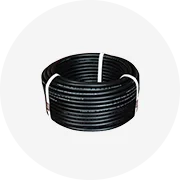
Rubber Products

Rubber Projects
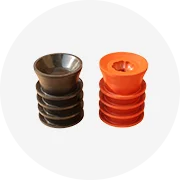
Rubber Stock
About products and suppliers
Introduction to UHMW-PE Rods
Ultra-High Molecular Weight Polyethylene (UHMW-PE) rods are a subset of thermoplastic engineering materials known for their high resistance to abrasion and impact. These rods are crafted from a unique polymer blend that stands out for its durability and versatility in various industrial applications.
Characteristics of UHMW-PE Rods
UHMW-PE rods exhibit a remarkable set of properties including low friction, excellent chemical resistance, and a non-stick surface. These attributes make them suitable for scenarios where high performance is essential. The rods are available in multiple dimensions, catering to diverse requirements in manufacturing and fabrication processes.
Applications of UHMW-PE Rods
The application range of UHMW-PE rods is extensive, covering areas from medical device production to heavy-duty industrial machinery. In the medical field, their biocompatibility makes them ideal for creating prosthetics. Industrial uses include guide rails, conveyor components, and marine dock fender pads, where the material's resilience is a significant advantage.
Types and Features of UHMW-PE Rods
There are various types of UHMW-PE rods, each tailored for specific applications. Some are reinforced with additives to enhance properties like UV resistance or anti-static behavior. Features such as high impact strength and a low coefficient of friction make these rods highly sought after for mechanical components that require precision and durability.
Material Advantages of UHMW-PE Rods
The advantages of UHMW-PE rods are numerous. Their resistance to wear and corrosion makes them a long-lasting material choice in harsh environments. Additionally, their low moisture absorption rate ensures stability in wet conditions, further extending their application scope.
Choosing the Right UHMW-PE Rod
Selecting the appropriate UHMW-PE rod for a specific task involves considering factors such as size, shape, and material grade. It is crucial to match the rod's specifications with the intended use to ensure optimal performance and longevity of the end product.

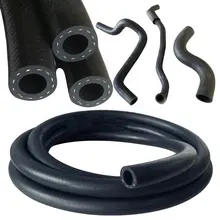








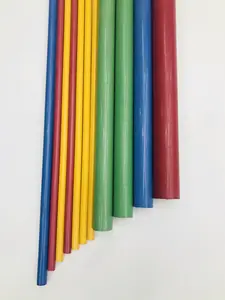













 浙公网安备 33010002000092号
浙公网安备 33010002000092号 浙B2-20120091-4
浙B2-20120091-4